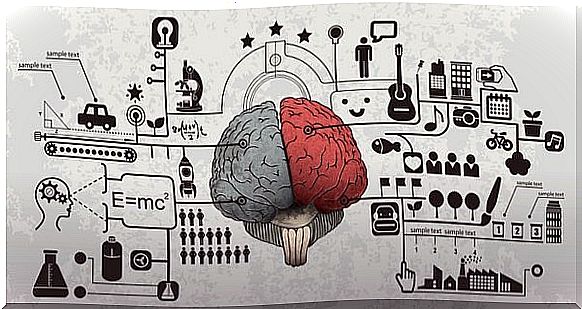The Psychology Behind Advertising

Have you ever seen an advertisement on TV that moved or touched you in any way? Do you think about a certain advertisement and get a lump in the throat? Your answer is almost certainly yes. The effect that the advertisement had on you can be attributed to the psychology behind the advertisement.
Why do some advertising campaigns succeed and stay in our memory while others just pass into oblivion? Well, it’s not a coincidence. It is the result of extremely accurate work that takes into account various variables, factors and peculiarities. Now we will explain what psychology has to do with advertising and its impact on people.
What is the psychology behind advertising?
Basically, the psychology behind advertising is the combination of many different interests and variables that try to predict the psychological trends in consumerism.
Advertising is not limited to magazines, newspapers, radio, television or even the internet. In fact, it is practically everything that surrounds us. The way products are displayed in stores, the color and size of potato chips, the price of clothes, subtle words that are said on the radio. In other words, anything that makes a product attractive and catches our attention is a powerful means of publishing it.
We all, when we shop or consume, try to differentiate ourselves from other people. This desire to stand out, to be different and unique, is something that the psychology behind advertising exploits. So once these individual differences are established, so do other concepts such as motivation, preferences or personal judgments.

Strategies in the psychology of advertising
By getting to know people’s characteristics and how they act, you can gain greater persuasive influence over them through the media. How?
If you’ve ever been to the store to buy a “few things” and come out with a full cart, congratulations! You have been a victim of the techniques used by advertising science! To be more specific, marketers use the psychology behind advertising to persuade consumers using strategies such as the following:
- Mechanical : First, mainly through psychoanalysis, this strategy conditions people by repeating a slogan or image. The repetition aims to convince the consumer to buy.
- Convincing : The goal is to elevate a product above the corresponding product from competitors. To do this, it provides information about properties or attributes and compares them favorably with the other similar elements. It is also nurtured mainly by creativity and personal intuition.
- Projective : This focuses on the models, culture and lifestyle of the subjects. It usually depicts products that correspond to an individual’s interests or opinions. In addition, sociology and anthropology are also the key here.
- Suggested : Finally, this strategy uses psychoanalytic techniques to read our minds. Basically, it focuses on the consumer’s anxiety, fear or stress and tries to convince them that it is a “magic product” out there designed just for them.
Successful marketing using psychology
Behind all advertising campaigns, there are important decisions on which success depends. In each of these decisions, experts in the psychology behind advertising research and contribute knowledge to make their marketing more effective. They take into account the following factors:
- Ad properties : what color, style and images to use.
Repetition : Number of times they will issue or publish it. Although this is one of the oldest strategies available, it continues to be one of the most effective. The philosophy is that the more a consumer sees or hears a message, the more it will stay in the memory. - Price : A lower price does not necessarily mean a larger number of sales. While this is an important factor (Black Friday’s record sales almost every year are proof), other variables also have an impact.
- Channel : Where the ads will be (radio, TV, internet, etc.)
A psychologist who works with marketing must also take into account consumer trends in different age groups. The direction in which the target group develops is also important. For example, if we want to reach young people, we must conduct campaigns on the Internet or via mobile phones. In addition, given their age, it is a good idea to support their identity, which is of utmost importance at this stage of life.

The psychology of color
Experts in advertising psychology must also pay attention to the colors of a campaign. After all, each color symbolizes something special.
- First of all, white gives a feeling of emptiness, purity and clarity.
- Blue conveys freshness, transparency or brightness. In addition, it has a calming effect.
- Yellow conveys empathy, extroversion, light, joy, vitality and youth.
- Red conveys strength, power, dynamism. In addition, this color attracts a lot of attention and stimulates the mind.
- Finally, green symbolizes hope, nature, and is also a very soothing color.
To sum up, every little detail in advertising is important. The psychology behind advertising provides its knowledge of the human mind to help influence and persuade people. And you are their goal! The question is: do you want to bite?









